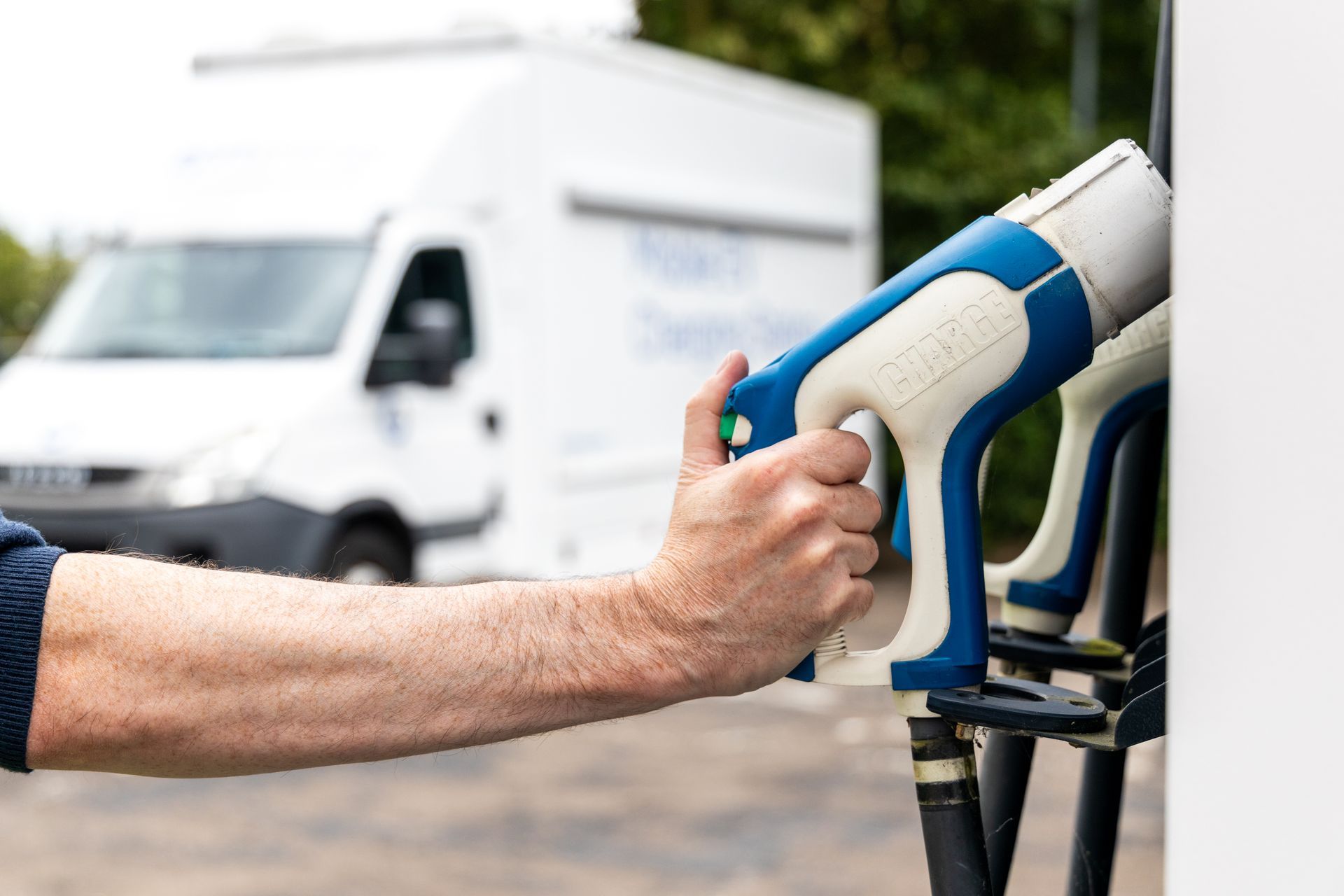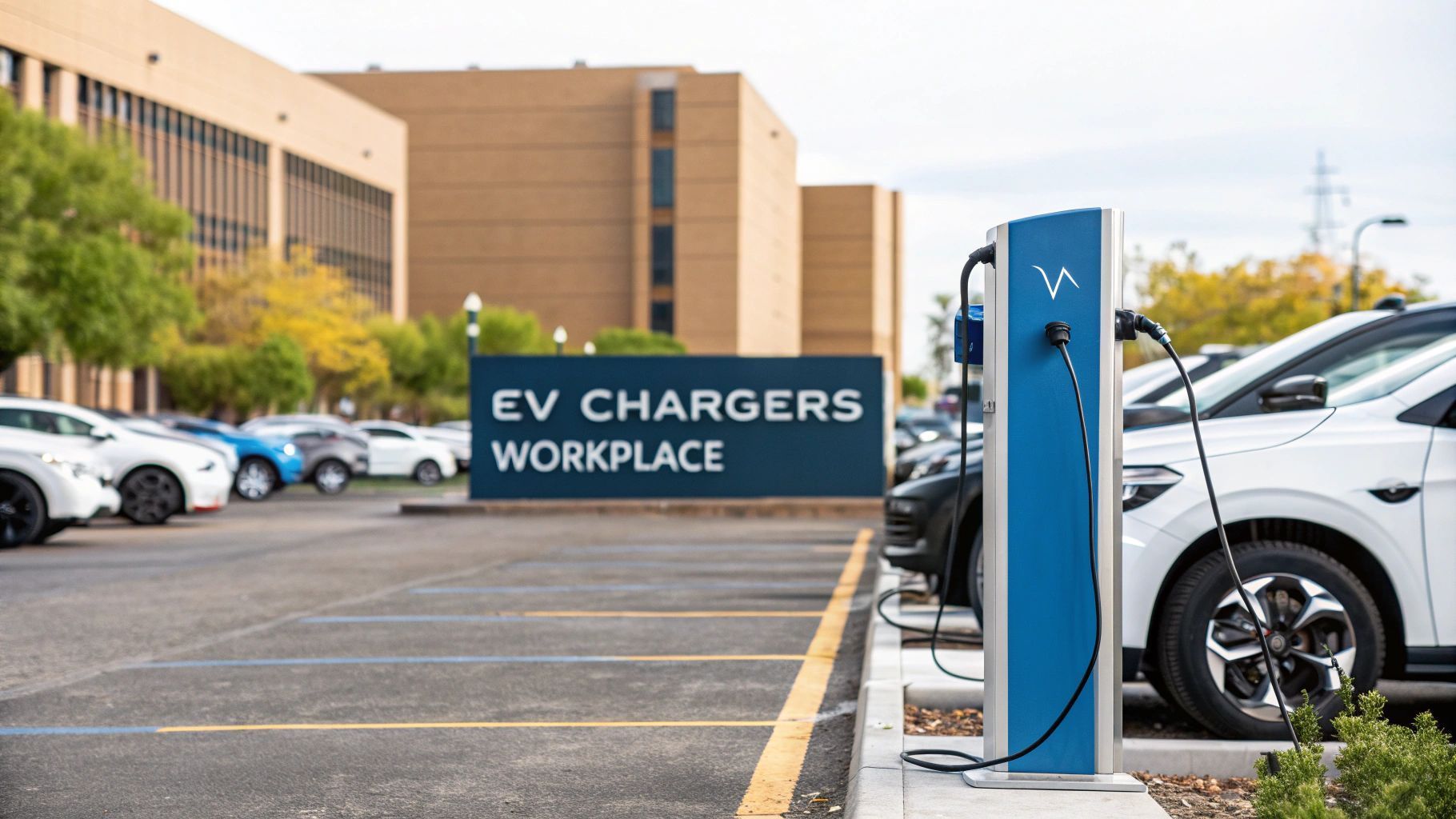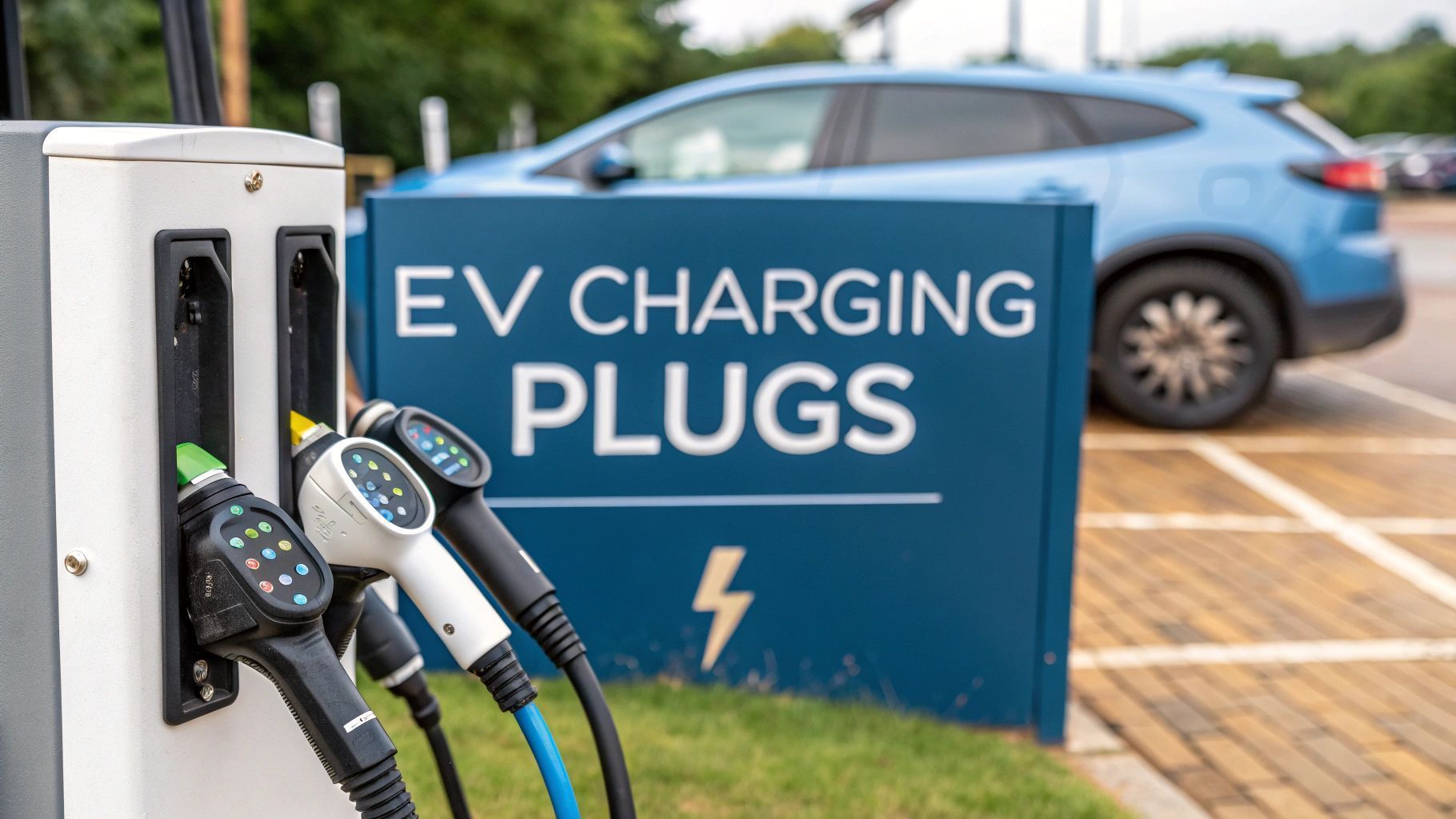Integrating ZAPME into Urban Planning for Smart Cities
The Role of Mobile EV Charging in Building Connected, Sustainable Urban Environments

As cities evolve to meet the demands of growing populations and climate targets, the concept of the smart city has emerged as a guiding vision for future development. Smart cities rely on integrated infrastructure, intelligent systems and sustainable technologies to improve urban living. One key area within this framework is the transition to electric vehicles (EVs), which play a central role in decarbonising transport and improving air quality. However, traditional EV charging infrastructure often presents challenges in dense urban areas. ZAPME’s mobile, off grid charging solutions offer a flexible alternative that aligns naturally with the goals of smart urban planning.
The Smart City Vision and EV Integration
Smart cities aim to optimise energy use, reduce emissions and enhance quality of life through digital and physical innovation. A major component of this transition involves rethinking how urban mobility is powered and accessed. As EV adoption increases, so too does the need for a charging network that is responsive, reliable and inclusive.
Fixed infrastructure such as kerbside chargers and underground installations can be effective, but they are not always viable in compact city environments, conservation zones or areas with limited grid access. They also require significant upfront investment and long planning timelines.
ZAPME’s mobile EV charging systems offer an adaptable alternative. These mobile units, which operate independently of the grid and use renewable power sources, can be deployed rapidly to support evolving demand without extensive civil works or permanent installations.
Flexible Charging Solutions for Evolving Urban Landscapes
Smart city planning requires scalable solutions that can adapt to shifting population patterns, vehicle trends and energy supply. ZAPME’s mobile charging infrastructure offers several advantages that make it particularly suitable for integration into urban design strategies.
- Rapid Deployment Without Disruption
Mobile charging units can be positioned in locations where permanent chargers are impractical or delayed. This enables cities to respond quickly to EV growth in specific districts without major infrastructure projects. - Off Grid Capability for Energy Resilience
As cities face growing energy demands, decentralised charging reduces strain on the central grid. ZAPME’s systems can operate independently, providing a buffer during periods of peak energy use or local outages. - Equity in Mobility Access
Smart cities must serve all residents equally. Mobile EV charging ensures that people in flats, social housing or underserved communities can still charge their vehicles conveniently, supporting inclusive adoption of cleaner transport. - Event and Seasonal Support
Urban environments are dynamic, with footfall and traffic patterns shifting due to festivals, markets or seasonal activity. ZAPME’s portable model allows for temporary charging hubs to be created where and when they are most needed.
Supporting Urban Sustainability Goals
Smart cities are not just about technology but about sustainability. ZAPME’s commitment to clean energy integration complements wider efforts to cut carbon emissions and meet environmental targets.
Incorporating mobile charging into city planning can support goals such as:
- Reducing private car emissions through improved EV access
- Encouraging the use of shared electric vehicles and micro mobility schemes
- Minimising the environmental impact of infrastructure development
- Promoting low carbon energy use through renewable powered systems
ZAPME’s approach aligns with the principles of circular economy and resource efficiency. It avoids unnecessary groundworks, reduces materials use and allows equipment to be reused or relocated as urban needs evolve.
Data Integration and Smart Infrastructure
Smart cities thrive on data. ZAPME’s systems can be integrated into wider city data networks, enabling real time monitoring of charging usage, energy demand and location based patterns. This information can be used to optimise charger placement, plan future expansion and align energy supply with actual consumption trends.
When integrated with smart transport systems, mobile chargers can support vehicle to grid solutions, dynamic pricing or time based access. These functions add value to the urban energy ecosystem and enable cities to build more intelligent, demand responsive systems.
Partnering with Local Authorities and Urban Developers
For ZAPME’s model to fully contribute to smart city development, collaboration is key. Local councils, planning bodies and developers can explore partnerships that include mobile EV charging as part of long term urban strategies.
This could include:
- Embedding mobile charging zones into city mobility hubs
- Supporting last mile delivery fleets with mobile energy points
- Incorporating flexible EV access into residential or commercial developments without driveways
- Designing future proofed public spaces that accommodate a mix of transport options
Because ZAPME’s units require no permanent installation, they are well suited to trial projects or pilot programmes, helping city planners gather data and public feedback before committing to long term infrastructure investments.
Conclusion
Integrating ZAPME into urban planning presents a clear opportunity for smart cities to accelerate EV adoption, improve mobility access and build more resilient, sustainable infrastructure. By offering a flexible and scalable alternative to fixed charging points, ZAPME enables city leaders to meet the needs of today’s residents while preparing for the energy and transport challenges of tomorrow.
As the shift towards connected, low carbon cities continues, solutions like ZAPME are poised to play a central role in shaping the urban environments of the future.











